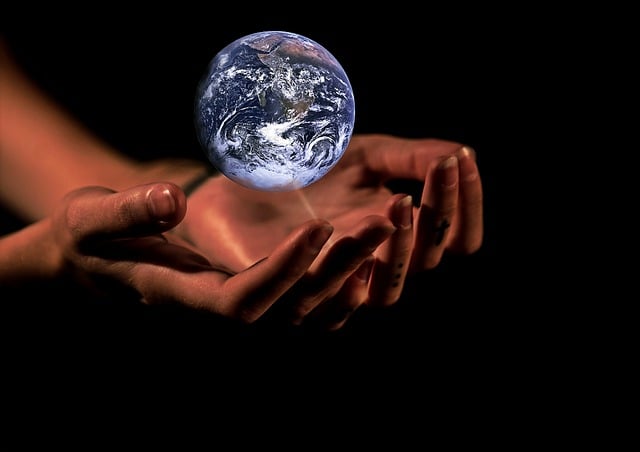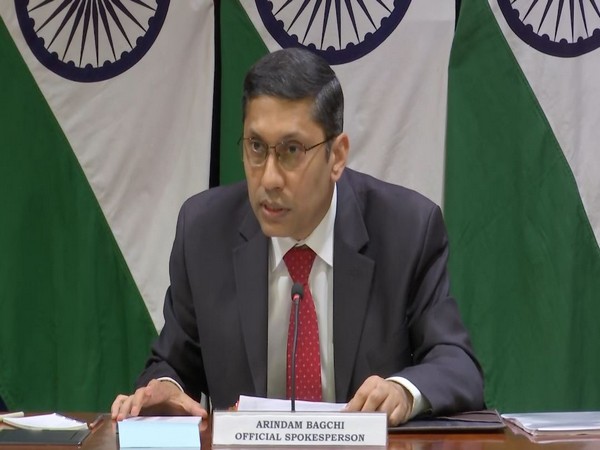Climate finance has taken center stage in discussions surrounding global climate action, particularly at COP28 in Dubai. The finance day at COP28 witnessed a significant breakthrough in international financial architecture, with influential countries and financial institutions committing to innovative mechanisms that support low-income and vulnerable nations in their fight against climate change.
Key announcements include the expansion of Climate-Resilient Debt Clauses (CRDCs) by prominent entities such as the UK, France, World Bank, Inter-American Development Bank, European Investment Bank, European Bank for Reconstruction and Development, and African Development Bank (AFDB). This move has garnered support from 73 countries, urging donors to extend the use of CRDCs by 2025 and provide fiscal space for climate action.
During his address at COP28, Prime Minister Modi underscored the importance of providing climate finance and technology to Global South countries to help them fulfill their commitments. He called for progress in a new collective quantified goal on climate finance, replenishment of the Green Climate Fund and Adaptation Fund, affordable finance from Multilateral Development Banks (MDBs) for climate action, and developed countries eliminating their carbon footprint before 2050.
What is Climate Finance?
Climate finance refers to local, national, or transnational financing from public, private, and alternative sources to support mitigation and adaptation actions addressing climate change. The majority of the funds are allocated for disaster adaptation and mitigation.
While there is no common ground on the definition and elements of climate financing, it remains a highly debated and considered a vital tool to address the climate crisis.
Where is Climate Finance Being Spent?
Developing countries advocate for climate finance to be new and additional, while developed nations debate whether it should consist of grants only or include loans and other forms of finance. This ongoing debate aims to clearly delineate climate finance from existing financial sources.
With current pledges totaling only around $700 million, vulnerable countries already affected by costly climate disasters are calling for additional funds through a newly formed disaster fund.
According to a report by the Organization for Economic Cooperation and Development (OECD) released on November 16, developed countries provided and mobilized $89.6 billion in climate finance for developing countries in 2021. However, the estimated amount needed for the energy transition, climate adaptation, and disaster relief is staggering, reaching $2.4 trillion annually for emerging markets and developing countries.
Where Shall Climate Finance Be Spent?
While opinions vary among stakeholders, experts believe that funds should be directed toward the most vulnerable populations. Partha Hefaz Shaikh from WaterAid Bangladesh suggests that climate finance should be allocated to water, hygiene, and sanitation, emphasizing the importance of supporting services to provide climate-resilient Water, Sanitation, and Hygiene (WASH) services to those most affected by climate change. He highlights the need to prioritize households facing the greatest impact of the climate crisis.
It is crucial to note that Bangladesh, ranked as the 7th most vulnerable to climate change according to Energy Tracker Asia’s Special Report, faces a potential 2-9% GDP loss by 2050, as warned by the Intergovernmental Panel on Climate Change (IPCC).
Similarly, Kitty van der Heijden, Deputy Executive Director – Partnerships at UNICEF, expresses concern that only 1% of all climate finance goes to education. She insists that this percentage must increase at COP28 to align with the rising temperatures and the urgent need for comprehensive climate action.



















